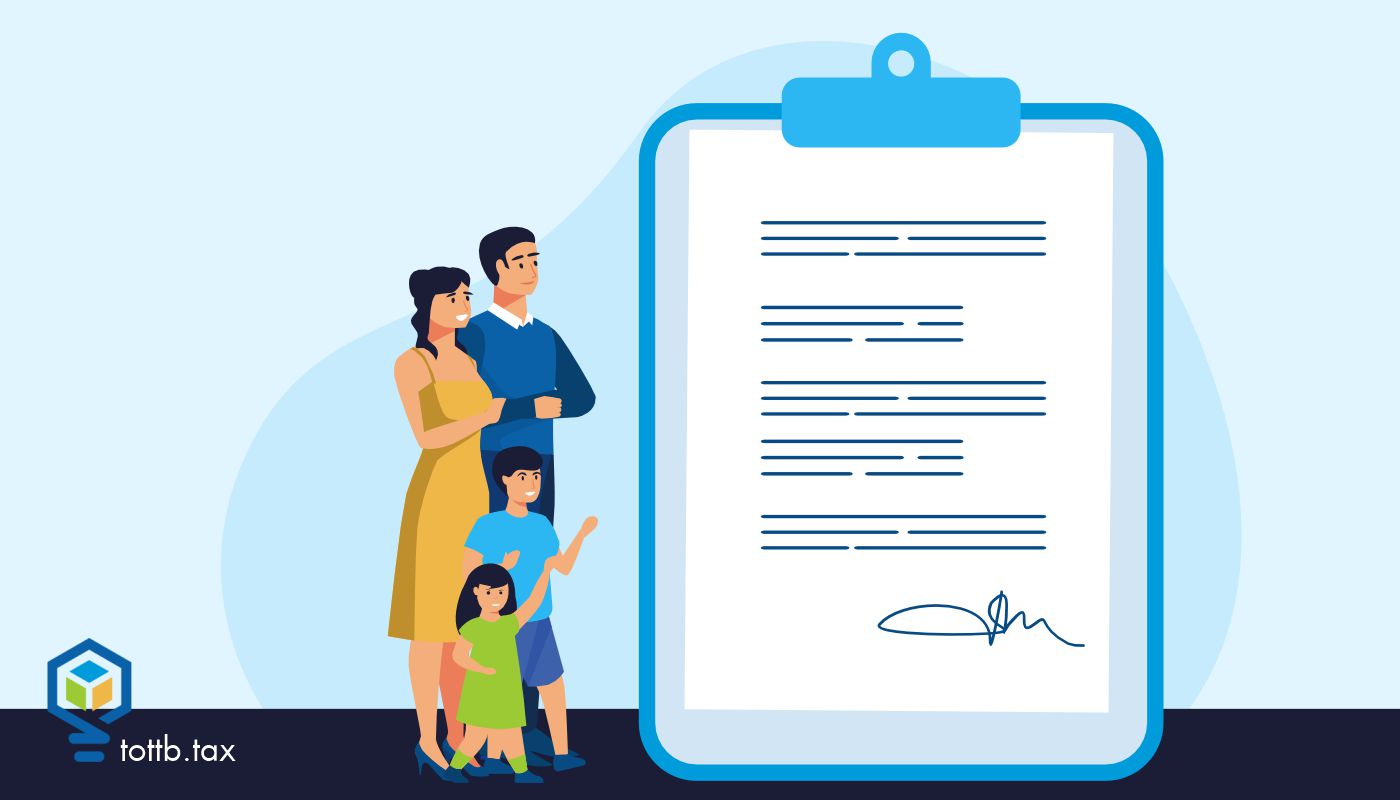Frequent flyer miles and similar programs for other forms of consumption like grocery shopping raise a host of tax issues. There are the concerns of the recipients of the “rewards” and also of the issuers of the various sorts of points. A recent Tax Court decision brought the taxability of rewards into focus again and the opinion encourages the IRS to provide more guidance. Here is where we seem to be now.
This is the first of two articles discussing the tax strategies available to boat owners. Part 1 focuses on using a boat as a residence, but if that doesn’t meet your needs, stay tuned because Part 2 will cover boats for business use (including as a home office). Why not consider both options and see how your tax savings can help fund your floating condo? Keep reading to learn more.

An Analysis of the OBBBA’s Trump Accounts (Part 2)
In part one of this series, I went over the basics of the new retirement accounts for minors, Trump Accounts, which were created as part of the One Big Beautiful Bill Act (OBBBA). Trump Accounts allow the Government, Charitable Organizations, Parents, and others to contribute to a child’s savings, usually on an after-tax basis. These accounts then transition to a traditional individual retirement account (IRA) when the child turns 18. Although the contribution limits act like non-deductible traditional IRA contributions and have a contribution limit of only $5,000 per year, they do not have the same earned income requirements that traditional IRA contributions have. This means that children are able to accumulate savings even without earned income. This article presents several scenarios to examine how Trump Accounts may play into an overall savings strategy for children.






